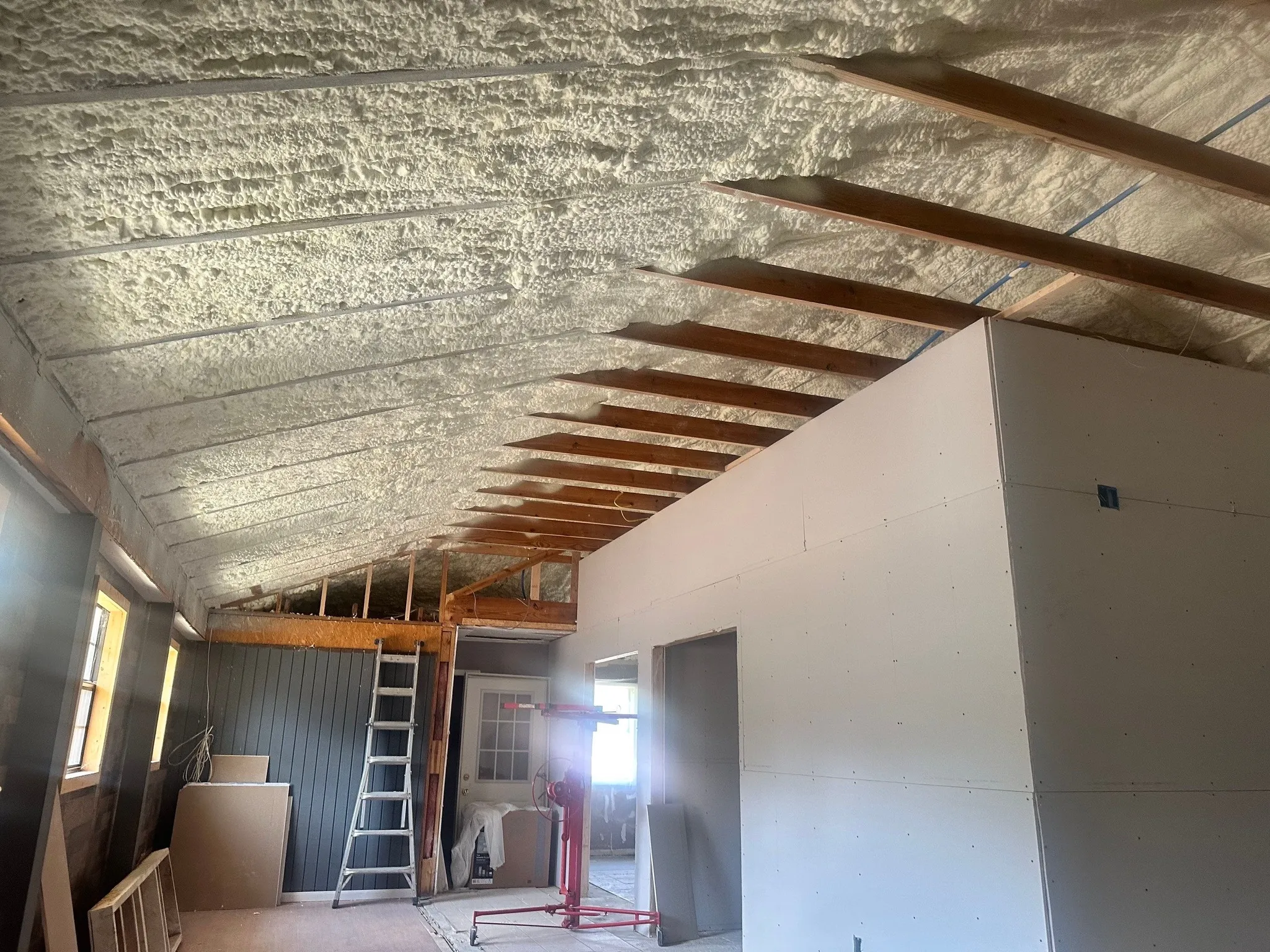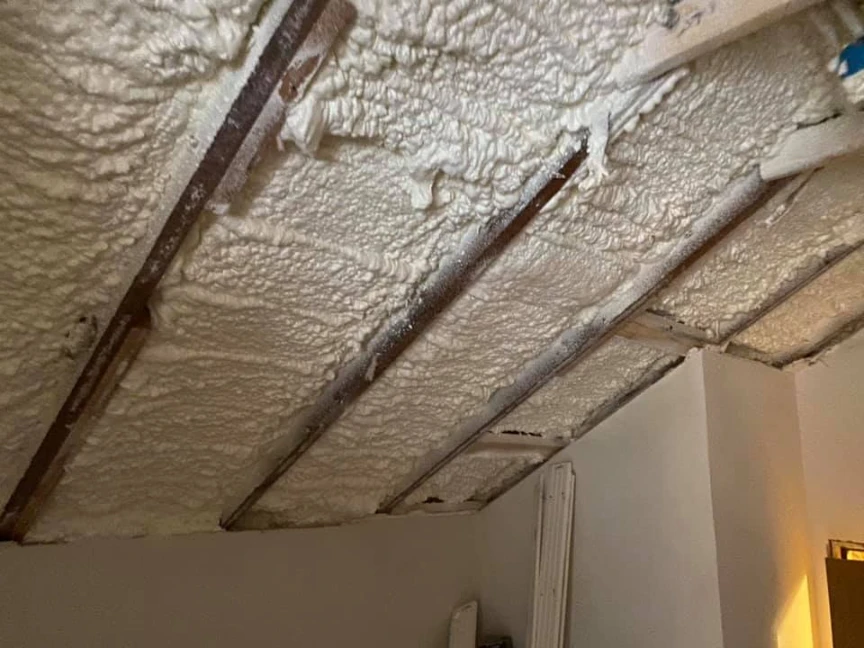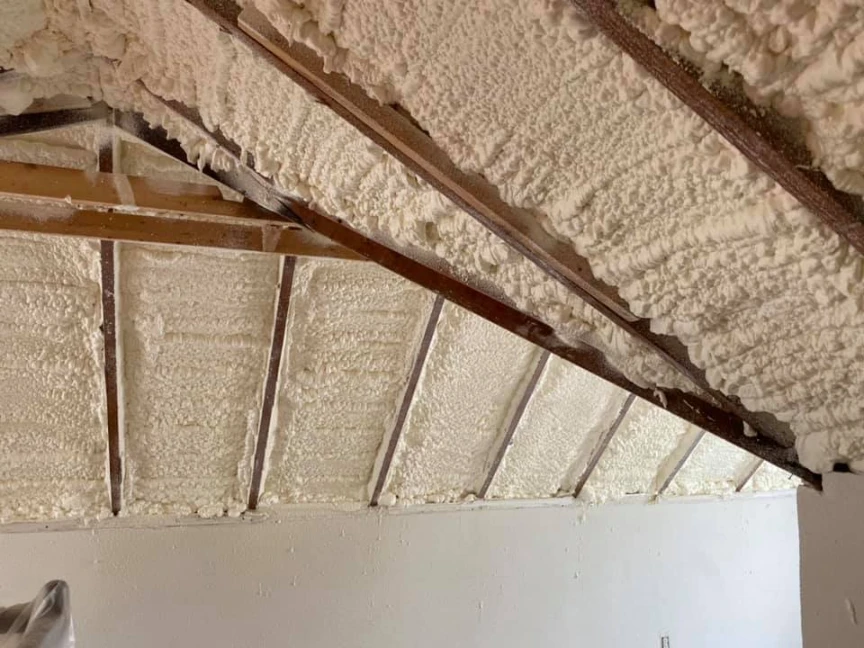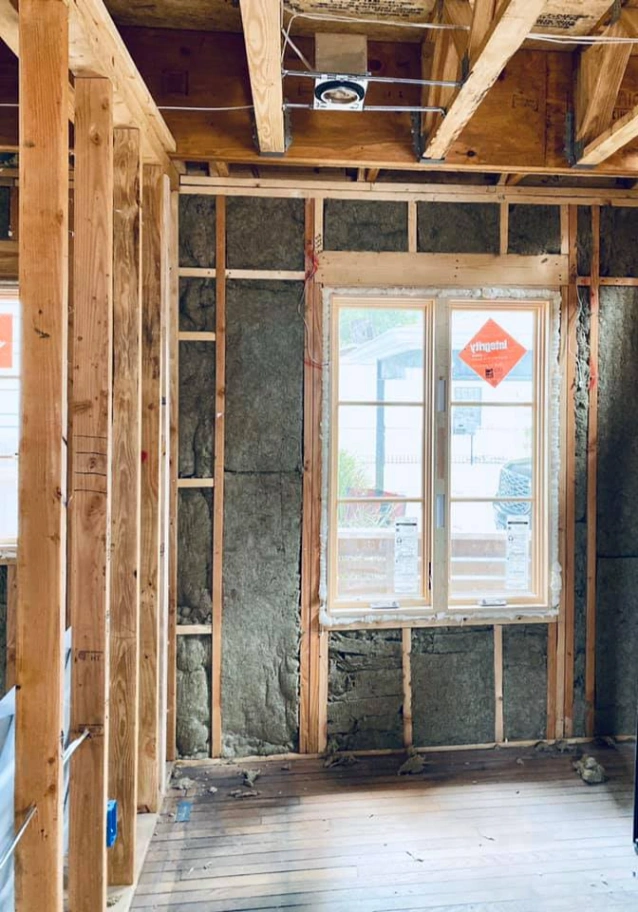Sustainable blowing agents form the backbone of eco-friendly spray foam insulation services today. These chemicals expand the foam mixture during application to create an airtight barrier that seals homes and buildings against air leaks. Key options include hydrofluoroolefins (HFOs), carbon dioxide (CO2), and water-based agents, which replace older hydrofluorocarbons (HFCs) known for their high global warming potential (GWP). HFOs, for instance, offer a GWP less than 1, making them a strong choice for reducing environmental harm while maintaining insulation performance.
This article breaks down these agents, their roles, and practical considerations. Readers will gain a solid understanding of how they fit into modern building practices. Information draws from hands-on work with insulation projects across various climates, ensuring reliable guidance backed by real-world application.
What Blowing Agents Do in Spray Foam
Blowing agents create the cellular structure in spray foam insulation. When installers mix resins and isocyanates on-site, the agent reacts to form bubbles that trap air and provide thermal resistance. Traditional HFCs expanded foam effectively but contributed to climate change due to their long atmospheric lifespan and heat-trapping properties.
Shift to sustainable agents started in the early 2010s as regulations tightened. The Montreal Protocol amendments pushed for phase-downs of high-GWP substances. Today, products meet standards set by bodies like the EPA, focusing on agents with GWP under 150.
These regulatory shifts have led to the adoption of several key sustainable blowing agents, which we explore below.
Main Types of Sustainable Blowing Agents
Hydrofluoroolefins (HFOs)
HFOs lead the pack in spray foam innovation. Compounds like HFO-1234ze break down quickly in the atmosphere, slashing GWP by over 99% compared to HFC-245fa. Foam made with HFOs achieves R-values around 6.5 to 7 per inch, rivaling older types.
Practical note from field use: HFO blends handle humid conditions well, reducing shrinkage risks in southern climates. Installers often see consistent yields, with less waste during jobs.
Carbon Dioxide (CO2)
CO2 serves as a natural, zero-GWP alternative. It dissolves into the polyol component and releases gas upon mixing, forming open-cell foam ideal for soundproofing and moisture control. Closed-cell versions use CO2 in hybrid setups for denser barriers.
In colder regions like the Midwest, CO2 foams perform reliably without the flammability concerns of some hydrocarbons. Yield can drop 10-15% versus HFOs, so crews adjust mixing ratios accordingly.
Bonus Tip: Test ambient temperatures before applying CO2-based foams; below 50°F, pre-heating materials prevents uneven expansion.
Water-Blown Agents
Water reacts with isocyanates to produce CO2 in-situ, eliminating the need for added gases. This method suits open-cell foams, yielding R-3.6 to 3.8 per inch at lower costs. It’s common in residential attics where breathability matters.
Drawbacks include potential for higher moisture in the mix, which demands dry substrates. In arid Southwest areas, water-blown foams dry fast and add minimal humidity load.
Comparison of Sustainable Blowing Agents
A table helps compare these agents based on key metrics. Data pulls from industry standards and testing.
| Agent Type | GWP | Typical R-Value (per inch) | Best Applications | Cost Impact |
|---|---|---|---|---|
| HFOs | <1 | 6.5-7 (closed-cell) | Exterior walls, roofs | Moderate increase |
| CO2 | 1 | 3.6-4 (open-cell) | Interiors, attics | Lower |
| Water | 0 | 3.6-3.8 (open-cell) | Sound barriers, vents | Lowest |
This setup shows trade-offs: HFOs excel in efficiency but carry a premium, while water options prioritize affordability.
Environmental and Performance Benefits
Sustainable agents cut emissions significantly. A U.S. Department of Energy report notes that switching to low-GWP foams in U.S. buildings could avoid 50 million metric tons of CO2 equivalents by 2030.
Performance holds up too. Foams with HFOs resist settling and maintain shape over decades. In humid Gulf Coast projects, these agents prevent mold by limiting water vapor diffusion.
Market data underscores growth: The global spray foam market reached $2.3 billion in 2022, with sustainable segments expanding at 8% annually per Grand View Research. Another fact: Over 70% of new U.S. insulation installation now use low-GWP agents, driven by building codes.
Bonus Tip: Pair sustainable foams with proper ventilation in tight builds to optimize indoor air quality, based on lessons from retrofits in older homes.
Regional and Climate Considerations
Climate shapes agent choice. In hot, humid areas like Texas, HFOs shine by forming tough barriers against heat and moisture. CO2 works in moderate zones but may need additives for extreme cold, where expansion slows.
For northern states with harsh winters, low-permeance closed-cell foams with HFOs outperform, reducing heat loss by up to 50% versus traditional fiberglass. Arid regions favor water-blown for simplicity, avoiding gas handling logistics.
Things to Consider Before Making a Decision
Assess building needs first. Factor in local codes; many states mandate low-GWP materials since 2020. Budget plays a role—HFOs add 10-20% to upfront costs but save on energy bills long-term.
Evaluate substrate conditions: Wet surfaces complicate water-blown apps. Crew expertise matters; improper mixing leads to voids. Climate data from sites like NOAA helps predict performance. For example, in variable Texas weather, crews often switch agents seasonally—HFOs for summer jobs, CO2 for milder installs—to match site demands.
Weigh longevity: Sustainable agents often carry longer warranties, 25+ years, due to stability. Consult ASTM standards for foam testing to ensure compatibility.
Bonus Tip: Conduct a blower door test pre-install to gauge air leaks, guiding agent selection for maximum efficiency.
Key Takeaways
Sustainable blowing agents like HFOs, CO2, and water drive modern spray foam forward, balancing performance with low environmental impact. They deliver strong insulation while meeting regulations. Evaluate site specifics, climate, and budget to pick the right one. Consider long-term energy savings and code compliance for the best results.
Get Guidance on Insulation Options
Stellrr offers insights into sustainable spray foam choices. Contact info@stellrr.com or call (512) 710-2839 to discuss project needs. Experts review options based on location and goals, ensuring informed steps forward. This service helps align selections with practical demands without commitment.
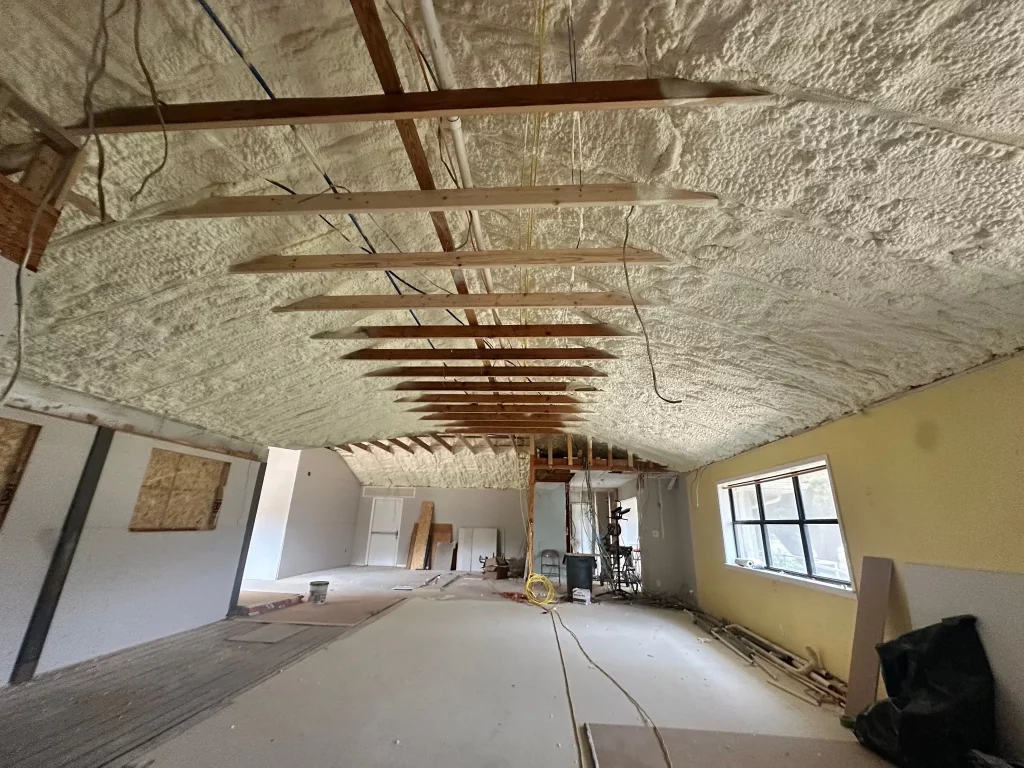
Frequently Asked Questions
Are sustainable blowing agents safe for homes with kids?
Yes, once cured, these foams release no harmful vapors. EPA-approved options undergo rigorous testing for low toxicity, making them suitable for family spaces.
How do they compare to rigid foam boards?
Spray foams with sustainable agents conform better to irregular shapes, offering superior air sealing. They outperform boards in R-value per inch but require pro installation.
Can I use them in older buildings?
Absolutely, retrofits in attics and walls benefit from their adhesion. Just ensure surfaces are clean and dry to avoid adhesion failures.
What’s the payback period on energy savings?
Typically 3-7 years, depending on climate. In sunny Texas, HFO foams can cut cooling costs by 20-30% annually.
Do they work in green building certifications?
They align with LEED and Energy Star by reducing GWP. Many projects earn points for using these agents in insulation layers.
Sources
- Montreal Protocol – International treaty phasing down ozone-depleting substances, relevant for GWP regulations on blowing agents.
- U.S. Department of Energy – Government resource on insulation technologies, including emissions reduction projections.
- Grand View Research – Market analysis report detailing growth and adoption of sustainable foams.


